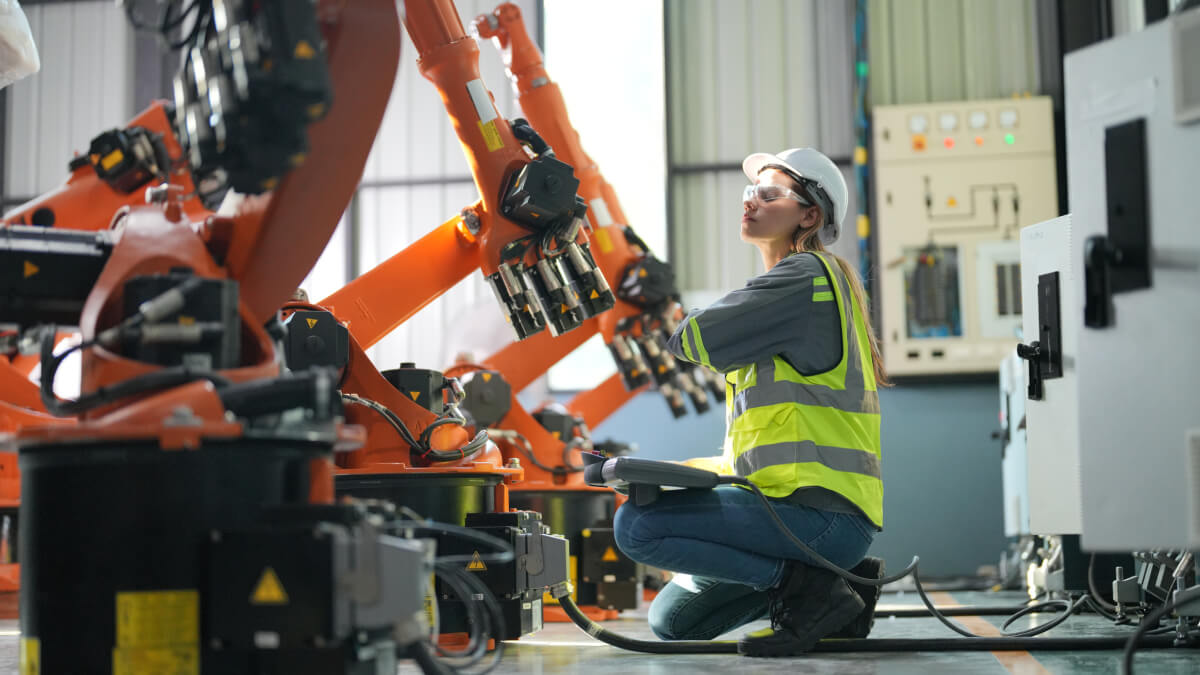HMRC has updated its guidance to clarify the treatment of subcontracted research and development (R&D) expenditure under the SME scheme, potentially opening up new opportunities for subcontractors to claim relief.
What This Change Means
Following two recent taxpayer victories at the First-tier Tribunal, HMRC has been forced to clarify when R&D work by subcontractors is considered ‘subsidised’ and therefore ineligible for tax relief. This significant shift in guidance could help many subcontractors who previously thought they couldn’t claim R&D relief.
This article covers everything you need to know about these important changes and how they might affect your R&D tax relief claims:
- Understanding The Previous ‘Subsidised’ Rules
- HMRC’s Updated Guidance On Subcontracted R&D
- Key Factors That Determine Eligibility
- Real-World Examples Of The New Approach

Understanding The Previous ‘Subsidised’ Rules
Under the SME R&D scheme, tax relief is not available to subcontractors when their R&D work is considered ‘subsidised’. Previously, HMRC took a strict view that if R&D work was contracted out to a subcontractor and reimbursed by the client company, the subcontractor automatically couldn’t claim R&D relief.
This interpretation meant many legitimate R&D activities undertaken by subcontractors were excluded from relief, even when the subcontractor bore genuine financial risk and retained intellectual property rights.

HMRC’s Updated Guidance On Subcontracted R&D
The updated guidance represents a significant shift in HMRC’s approach. Most importantly, HMRC now acknowledges that the terms of the contract are not the only factor to consider when determining whether R&D work is subsidised.
This change opens up new possibilities for subcontractors who may have previously been denied relief based solely on their contractual arrangements with clients.
Key Factors That Determine Eligibility
HMRC’s revised guidance now considers multiple factors when assessing whether R&D expenditure is subsidised:
- Incidental nature: Whether the R&D is incidental to the supply of a product or service
- Autonomy: The degree of autonomy the subcontractor has over the R&D work
- Financial risk: The level of financial risk the subcontractor bears
- Intellectual property: Who retains ownership of any intellectual property created
These factors provide a more nuanced assessment that better reflects the reality of how R&D work is often structured in practice.

Real-World Examples Of The New Approach
The guidance includes practical examples that demonstrate the new approach. For instance, if a builder encounters an unexpected problem during a project and develops a new process to address it, this expenditure is not automatically considered subsidised.
The key test is whether there’s a clear link between the amount paid by the customer and the specific R&D expenditure. This represents a significant departure from HMRC’s previous view that expenditure was subsidised even when costs were only indirectly met through general project payments.
Crucially, if a subcontractor develops a new process during one project that has the potential to generate economic benefits on future projects, they will likely be entitled to claim R&D relief. This recognises that innovation often occurs within the context of client work but can have broader commercial applications.

Support From Digital Tax Matters
These changes to HMRC’s guidance create new opportunities for subcontractors to claim R&D relief that may have been previously unavailable. However, determining eligibility requires careful analysis of your specific circumstances, contractual arrangements, and the nature of your R&D activities.
Our expert accountants at Digital Tax Matters specialise in R&D tax relief and can help you assess whether you’re eligible to claim relief under the updated guidance. Whether you undertake R&D work on behalf of clients or engage third parties to carry out such work, we can guide you through the complex eligibility criteria and maximise your potential claims. Get in touch for support today.

